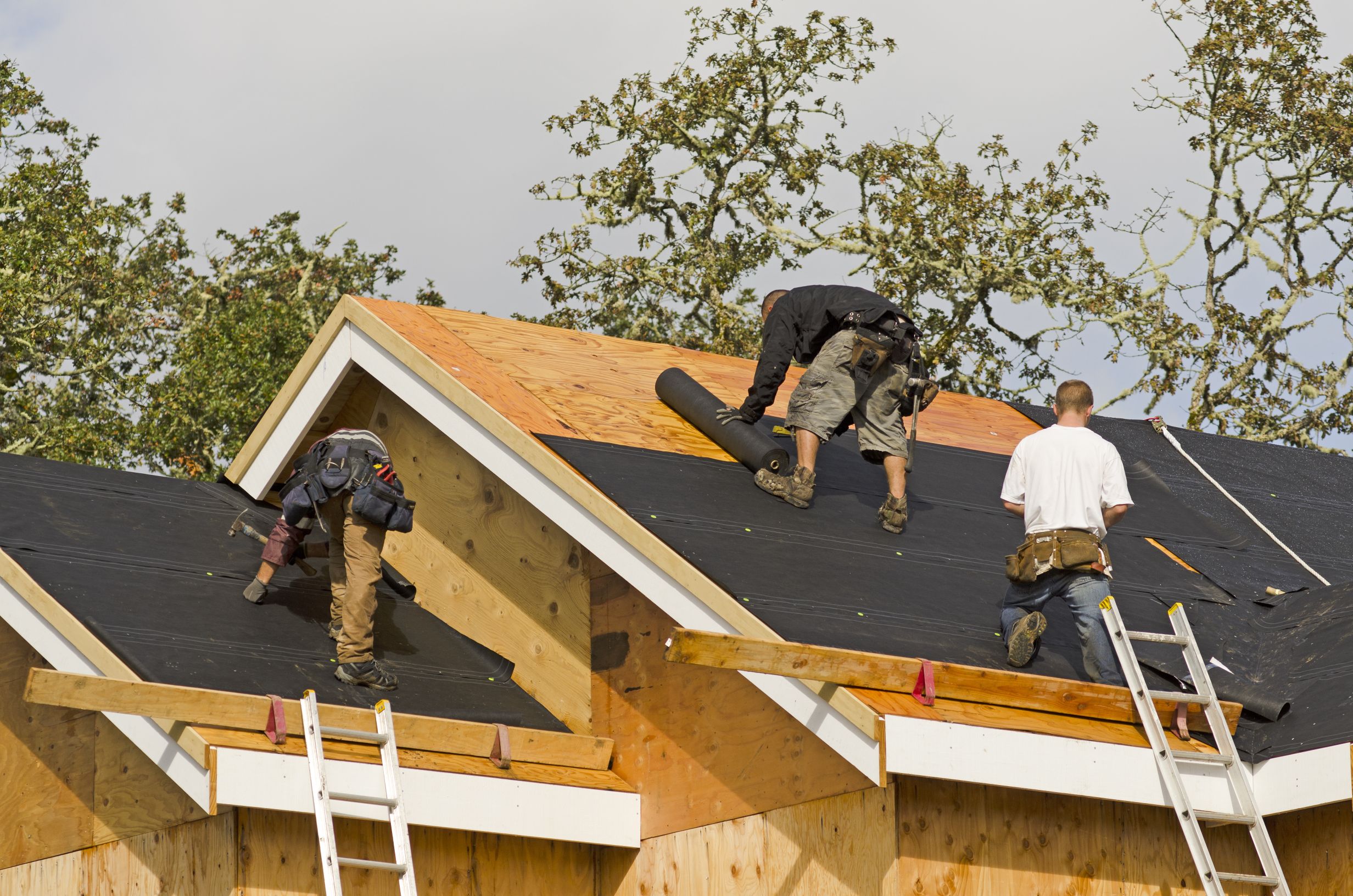Light Colored Roofs - Will They Keep the House Cooler
Global warming has been a concern for quite a while. As the life on earth gets more advanced so does it damage the environment more. Therefore, it is important to find better options of combating such damage. It appears natural that getting options to do some things should be vital in the conservation efforts. Therefore, the environmental professionals suggest looking at the house roofs as the other way to fight global warming.
The theory describing the wide usage of light colored roofs has its basis in physics for the greater part. The darker surfaces often attract and retain a lot of heat whereas the white surfaces reflect the heat away. Since most buildings and houses have dark colored roofs, the roofs end up absorbing the sun rays instead of rejecting it. Although there was a period when getting warmth during winter was another concern, keeping the house cool is quite costlier than making it warm. Thus, the best of all things is possible to switch to light colored roofs.
Of course, having white shingles or light gray alone may not be an effective panacea to the ongoing issue though it is a good place to start. Along with the lighter-colored roof, a cool roof should involve the use of a thermal insulation with a high R-rating, which can not only reflect more heat on the outward but will also keep indoor temperatures regulated whether through cooling or heating. Great ventilation and excellent cooling are needed to make the light roof work to its full capacity.
The idea of cool roofing can be so essential when carried out on a large scale. Although some homes with cool roofing will benefit from both lower energy use and reduced utility bills, an individual is the main beneficiary. If entire cities and towns utilize such methods, the advantages of lower ambient temperature, reduced energy needs, less smog as well as the release of extra solar heat trapped in the solar urban spaces can greatly affect the communities in a positive way. If this is taken to a higher level, it can significantly lower the global warming levels.
Search for the material that has a high solar reflectance. The ideal ones are usually white and smooth. There are, for instance, white roof coatings, which can be applied on asphalt shingles and the roofing substrates. When you apply them for the first time, they can offer up to 80 percent of solar reflectance, which implies that only 20 percent of the sun energy gets absorbed as heat.
Reflectance tests indicate that some of the roof coatings such as the elastomeric coatings and ceramic coatings offer the solar reflectance of about 80 percent. On the other hand, traditional white asphalt shingles usually reflect about 25 percent of sunlight. This is mainly because they are gray with a black substrate and a rough texture. However, the premium white asphalt shingles utilize a white granule, which provides up to 35 percent reflectance.
When looking for the best roofing material, do not only look at solar reflectance. Ensure that the material has a higher infrared emittance that will help the roof to shed heat through re-radiation. Most materials do well except the aluminum roof coatings. Although aluminum will remain warm at night, the white roof coating radiates much of its kept heat back to the atmosphere. Therefore, in such a case, aluminum may not perform efficiently as a light material with similar solar reflectance.
Your alternatives will depend on the kind of roof you have and the extent of your roofing project. If you have a flat roof or a low-sloping that cannot be seen from below, you may buy solar-reflectance and reap the benefits of the light colored roofs.
Category: Const - Roofing
Related Articles
- Finding the Best Commercial Roofing Companies
- What Is The Best Roof To Install On Your Home
- Stay Under the Best Roof
- Roof Leaks and Repairs - Commercial Replacement Costs
- Infrared Roof Leak Scan
- Top 10 Tips When Replacing a Roof
- Metal Roof Repair and Replacement - Finding the Best
- Need A New Roof Check This out First
Business News
Popular Posts
- Universal Pursuit of Happiness - Wisdom from World Religions
- Overcoming Ego and Self-Centeredness - Lessons from World Religions
- Transcending Materialism - Spiritual Practices from World Religions
- Overcoming Prejudice and Intolerance - Guidance from Global Faiths
- How Mind Balance Can Improve the Mindsets of Employees
- Interfaith Insights by 1WorldPeace - The Top 100 Universal Beliefs in Global Spirituality
- Bridging Beliefs - Finding Common Ground in Love and Respect
- The SmartGuy Vision - A United Future Through Interfaith Love and Respect
- A Cautionary Vision - The Grim Future of a Divided World Without Love and Balance
- A Tapestry of Faiths - Exploring the Common Threads in World Religions
- Fostering Harmony Among Christianity Islam Buddhism Hinduism and Judaism
- Preparing Kids for Adulthood - 15 Vital Skills They Wont Learn in School
- Navigating Diversity - Jerusalem's Tactical Approach to Interfaith Harmony
- Clearing Mental Plaque: The Path to Enhanced Communication and Divine Connection
- Why Return to Jesus Christ and the Church
- Top 50 Ways to Live Longer
- Adventurous Romance -The Key to Enhancing Relationship Chemistry
- Pork Tenderloin with Mustard Cream Sauce
- Navigating Technology and Media for Optimal Mental Well-Being
- Understanding the Link Between Mental Health and Substance Abuse
